
-
Shop by Type
-
Shop by Culture
-
Collections
Home » Blog » Mythology and Folklore » Huginn and Muninn: The All-Seeing Ravens of Norse Mythology
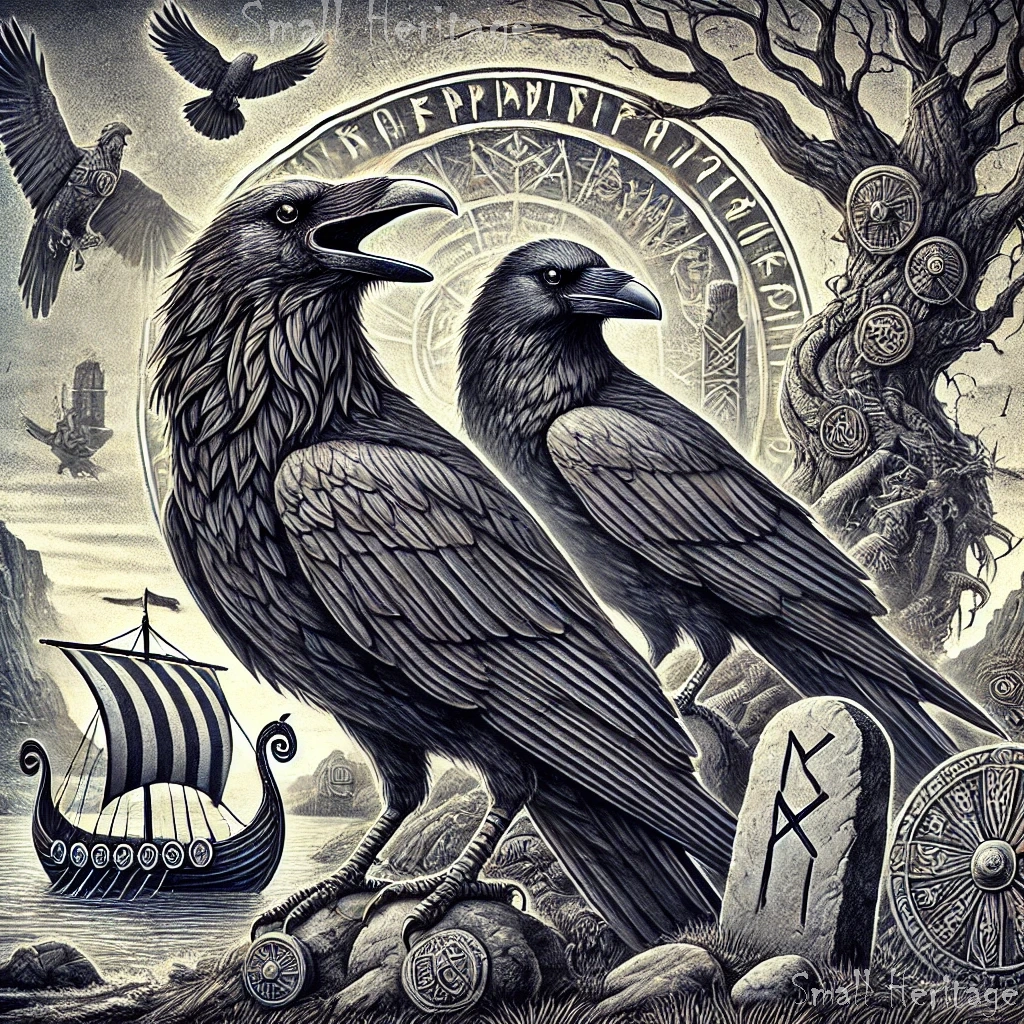
Huginn and Muninn, the legendary ravens of Norse mythology, are much more than mere birds. These two ravens, often seen perched on the shoulders of the mighty god Odin, are his eyes and ears, flying across the realms to gather information. Their names mean “thought” (Huginn) and “memory” (Muninn), symbolizing the aspects of wisdom that Odin values most. This post delves into the rich tapestry of mythology surrounding Huginn and Muninn, exploring their origins, symbolism, and lasting impact on culture and literature.
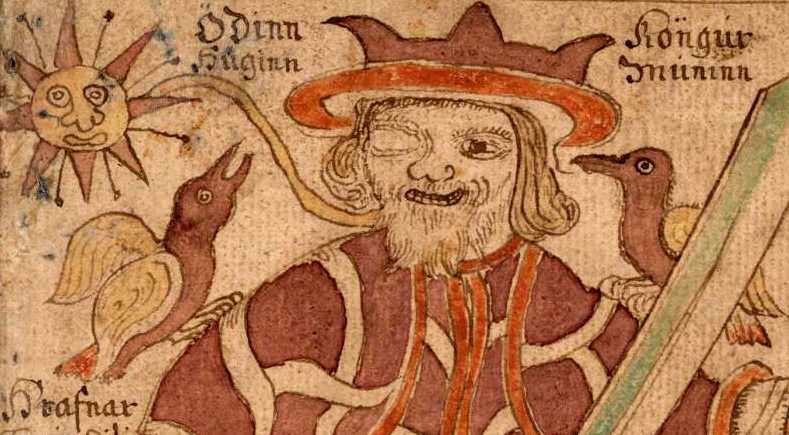
Huginn and Muninn first appear in Norse mythology as part of the rich oral traditions passed down through generations. The Poetic Edda and the Prose Edda, two primary sources of Norse mythology compiled in the 13th century, provide detailed accounts of these ravens. According to these texts, Odin sends Huginn and Muninn out at dawn, and they return by breakfast, whispering all they have seen and heard into his ears.
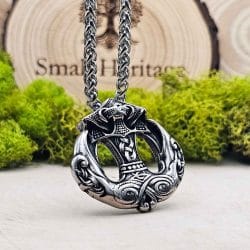



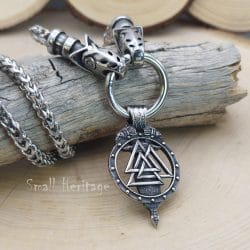
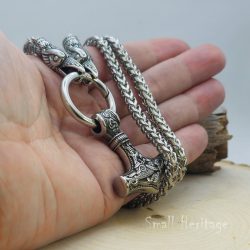
In the Poetic Edda, the ravens are mentioned in the poem “Grímnismál,” where Odin himself speaks of them:
Huginn and Muninn fly every day over the spacious earth. I fear for Huginn, that he may not return, but I fear more for Muninn.
This verse highlights Odin’s deep reliance on his ravens for gathering knowledge and his anxiety over their well-being.
The Prose Edda, written by Snorri Sturluson, further elaborates on their roles. It describes how the ravens serve as Odin’s informants, traveling the world to collect vital information.
The symbolism of Huginn and Muninn is multifaceted. They represent Odin’s omniscience and his connection to thought and memory, two crucial components of wisdom. Their daily journeys symbolize the quest for knowledge and the importance of memory in maintaining wisdom.
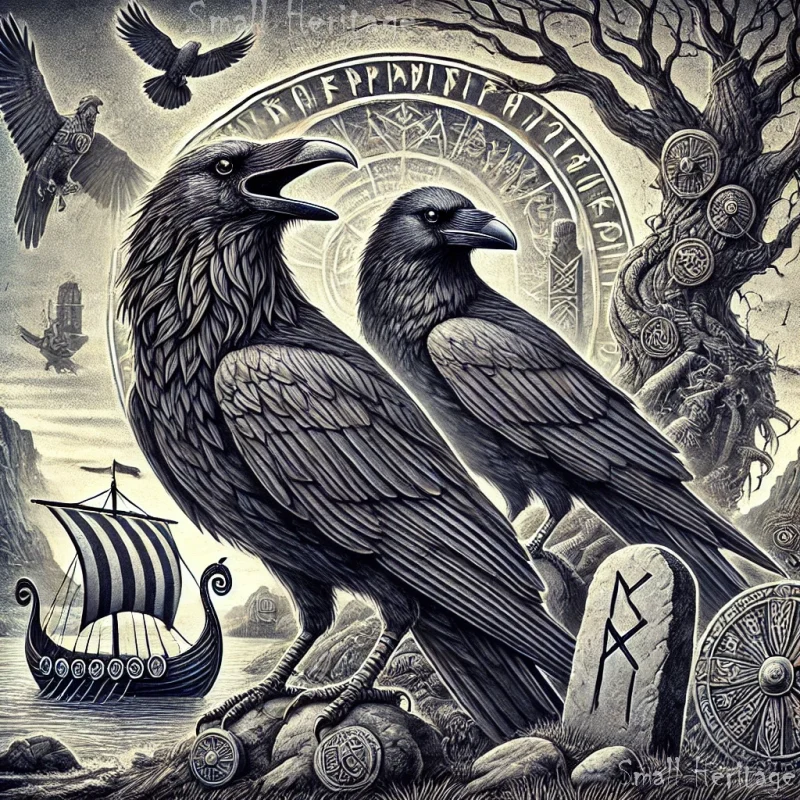
Huginn symbolizes thought, representing the active pursuit of knowledge. Muninn, on the other hand, represents memory, emphasizing the importance of retaining and reflecting upon knowledge. Together, they embody the intellectual processes that Odin, as the god of wisdom, values most.
The ravens’ ability to traverse the world and report back to Odin symbolizes his omniscience. Through them, Odin maintains a watchful eye over the realms, ensuring he is always informed of the happenings across the universe.
The legacy of Huginn and Muninn extends beyond Norse mythology, influencing literature, art, and modern media. Their enduring presence in cultural narratives highlights their importance in the mythological canon.
Huginn and Muninn have inspired numerous literary works. In J.R.R. Tolkien’s Middle-earth legendarium, for example, ravens play significant roles, drawing clear inspiration from Norse mythology. Similarly, Neil Gaiman’s “American Gods” features ravens reminiscent of Huginn and Muninn, underscoring their lasting influence on contemporary storytelling.
Artists throughout history have depicted Odin with his two ravens, emphasizing their symbolic significance. These depictions often highlight the mystical and all-seeing nature of the ravens, reinforcing their roles as Odin’s trusted companions.
In modern media, Huginn and Muninn continue to appear in various forms. They are featured in video games, such as the “Assassin’s Creed Valhalla,” where players can use ravens for reconnaissance. This usage aligns with their mythological roles, blending ancient symbolism with modern interactive storytelling.
The ravens have also found their way into popular culture, often representing wisdom, guidance, and the pursuit of knowledge. They appear in numerous books, movies, and TV shows, each time bringing a piece of Norse mythology into the contemporary world.
In the television series “Vikings,” Huginn and Muninn are portrayed as Odin’s messengers, reinforcing their mythological roles. Similarly, in the Marvel Cinematic Universe, Odin’s connection to ravens is subtly referenced, paying homage to his mythological roots.
Huginn and Muninn are frequently featured in literature and comics, often serving as symbols of wisdom and memory. In the comic series “Thor” by Marvel Comics, the ravens are depicted as Odin’s loyal companions, assisting him in his divine duties.
In the context of Norse religion, Huginn and Muninn are more than mythological figures; they are integral to the understanding of Odin’s character and his divine attributes. They emphasize the importance of wisdom, memory, and the relentless pursuit of knowledge.
In ancient Norse rituals, ravens were considered sacred birds, often associated with Odin. They were believed to carry messages from the gods, and their presence was seen as an omen or a sign of divine favor.
Huginn and Muninn’s symbolism extends to various aspects of Norse life. They were often depicted on Viking ships, shields, and other artifacts, symbolizing protection, guidance, and the quest for knowledge.
Modern science has revealed that ravens are incredibly intelligent birds, capable of complex problem-solving and communication. This intelligence adds a layer of realism to the mythological portrayal of Huginn and Muninn as Odin’s informants.
Studies have shown that ravens possess advanced cognitive abilities, including memory, tool use, and social learning. These traits align with the attributes of thought and memory that Huginn and Muninn represent.
Comparing the mythology of Huginn and Muninn with similar figures in other cultures reveals a common theme of birds as messengers and symbols of wisdom. In Greek mythology, for instance, the god Apollo is often associated with ravens, highlighting the cross-cultural significance of these intelligent birds.
Huginn and Muninn, the all-seeing ravens of Norse mythology, continue to captivate our imagination with their rich symbolism and enduring legacy. As symbols of thought and memory, they represent the core of Odin’s wisdom and his relentless pursuit of knowledge. Through literature, art, and modern media, their story lives on, reminding us of the timeless quest for understanding and the value of memory in shaping our world.
By exploring the mythology and cultural impact of Huginn and Muninn, we gain a deeper appreciation for the intricate tapestry of Norse mythology and its relevance in our contemporary lives. Whether through academic study or popular culture, the ravens continue to inspire and enlighten, embodying the enduring power of myth.
For more insights into Norse mythology and related artifacts, explore our Viking Jewelry Collection to discover pieces inspired by ancient Norse symbols and craftsmanship.